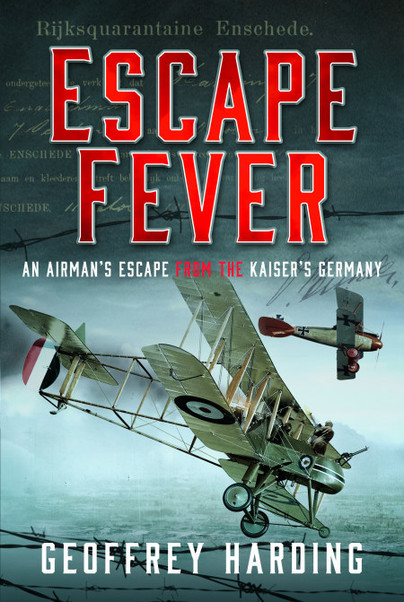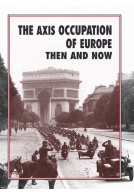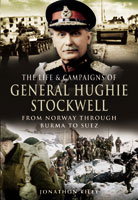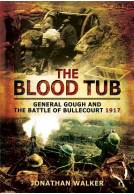Escape Fever (Hardback)
An Airman’s Escape from the Kaiser’s Germany
Imprint: Pen & Sword Military
Pages: 224
Illustrations: 16 mono illustrations
ISBN: 9781526796363
Published: 30th November 2025
(click here for international delivery rates)
Order within the next 2 hours, 12 minutes to get your order processed the next working day!
Need a currency converter? Check XE.com for live rates
This memoir of a Royal Flying Corps officer's escape from captivity in the autumn of 1917 was published in the earlier thirties, towards the end of the torrent of personal war accounts that were put into print in the years following the Armistice. He was one of some twenty-five officers from the British air services who successfully escaped, out of the 1700 or so who were taken prisoner
Harding was an observer in a Bristol FE2b of 25 Squadron RFC; prior to that he had served for eighteen months with the 1st Battalion the Cheshire Regiment and had won its first Military Cross for his bravery in leading a successful trench raid near Mametz, on the Somme, in December 1915. His aircraft, piloted by Lieutenant Gerald French, was shot down by a member of Richthofen's recently created so-called 'Flying Circus', flying the Albatross Scout. His career with the squadron had been a very short one, as he joined it after teh Battle of Arras had commenced on 9 April 1917.
After a few weeks imprisoned in Karlsruhe he was moved to Strohen. Always keen to escape, he was joined in the attempt by Roy FitzGerald, a NewZealand born officer who was captured whilst serving with the 12th Glosters.
Although this is a relatively short book, like so many memoirs of escaping officers, it is well observed throughout, from his first arrival with his squadron, and it gives a lasting impression of life in a Prisoner of War camp, its tedium, broken by the schemes and work put in hand to escape. As he admits, many prisoners were willing to see the war out, so such accounts as Harding's are far from describing the usual PoW.
No matter how many accounts one reads of escapes back to the UK, the striking impression of extraordinary ingenuity in making an escape and providing necessary materials from the most unlikely of objects always stands out. Perhaps more impressive is how such young men found such depths of endurance and fortitude and, yes, bravery, in making the initial breakout and then surviving several days (in this case) on the run in hostile country and with hardly a word of German between the two of them.
Lieutenant FitzGerald, alas, was killed before the war's end. He transferred to the Royal Flying Corps on his return to England but was lost in aerial combat whilst flying as an observer in an aircraft over Morlancourt (Somme) on 1 July 1918.
Harding's account is written in a typical understated style of such British memoirs. It was a late arrival in the post war publishing frenzy. In his comments he notes that many of the memoirs then coming out: 'Some of the best sellers are those dealing with the sordid side of human nature …'. 'What stands out in relief against the drab background of prison life is the fine comradeship of my fellow prisoners.'
Featured in
Great War IPMS Newsletter, Cher Ami - December 2022
As Featured In
Cher Ami, Great War Special Interest Group Newsletter - July 2022
About Geoffrey Harding
Geoffrey Harding. like so many others during the Great War, joined the Royal Flying Corps from an infantry battalion, the 22nd (The Cheshire) Regiment. He won the first MC awarded to the Regiment for his action whilst leading a successful trench raid on the Somme in December 1915. A victim of 'Bloody April', when so many RFC aircraft were a victim of the introduction of superior German machines, coinciding with the Battle of Arras 1917, he managed to escape from his PoW camp in late September and in early October, after being on the run for a week or so, he and his companion crossed the border into Holland. Little is known of him after the war; his memoir was published in the early 1930s.















